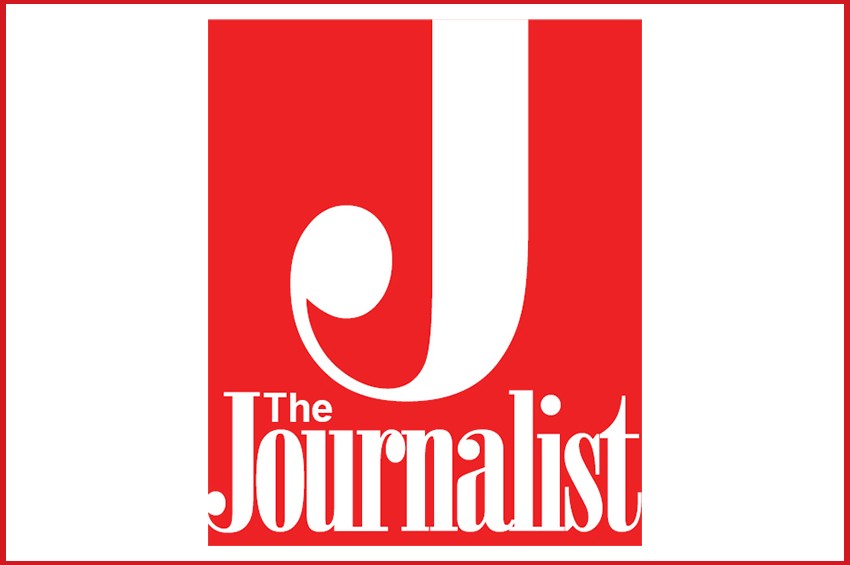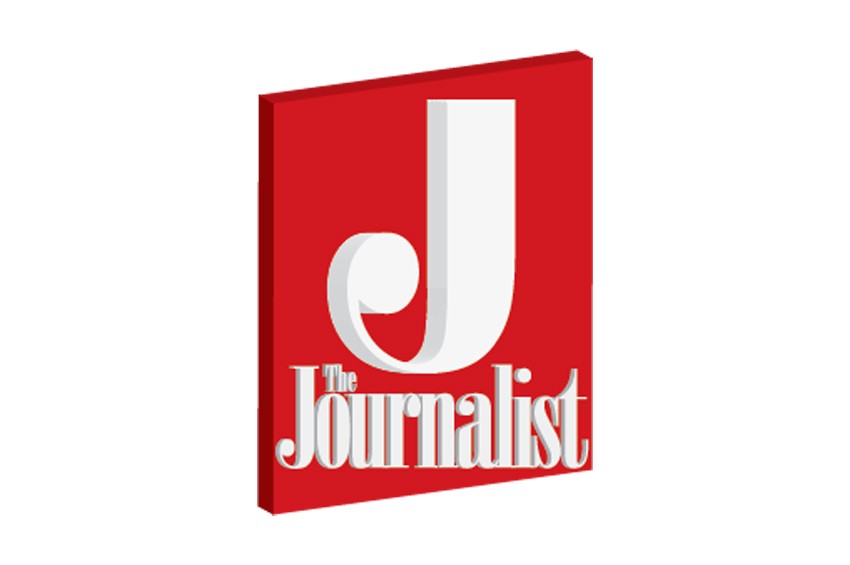The recent data indicating a 3.29 percent increase in the price of consumer goods and services in April 2023 raises concerns about rising inflation and its impact on the economy. While the rate of increase for food remained relatively low at 1.81 percent, the decrease in non-food prices by 4.57 percent offers some respite. However, the overall picture shows upward price pressures in most major divisions, with housing and utilities experiencing a significant surge of 11.32 percent, followed closely by health at 13.18 percent.
The month-on-month Consumer Price Index (CPI) increase of 1.61 percent from March highlights a sustained inflationary trend. Both food and non-food prices contributed to this rise, with food prices showing a more significant increase of 1.98 percent compared to non-food prices at 1.30 percent. Notably, the decrease in transport prices by 3.99 percent and the decline in prices for alcoholic beverages, betel nut, restaurants, and hotels indicate some relief in those sectors.
Looking at the broader trend, the increase of 5.64 percent in household goods and services prices from 2021 to 2022 is a cause for concern. Although this rate is lower than the 7.35 percent increase in 2021, it still represents a significant burden on consumers' wallets. The primary driver of inflation in 2022 was non-food items, contributing to 66 percent of the total increase, while food prices had a lesser impact compared to the previous year.
Among the major divisions, food and alcoholic beverages, transport, and clothing and footwear played substantial roles in the overall increase in 2022. Transport saw the highest increase at 12.59 percent, reflecting rising costs associated with fuel and transportation services. Alcoholic beverages and betel nut, on the other hand, had the lowest increase at 1.16 percent. It's worth noting that communication experienced a decrease of 1.46 percent.
The data indicates a complex inflationary landscape, with different sectors experiencing varying price dynamics. The significant increase in housing and utilities and health costs suggests challenges for consumers in managing their household budgets. It is essential for policymakers to closely monitor these developments and consider measures to address inflationary pressures, ensure price stability, and protect the welfare of citizens.
Furthermore, efforts should be made to diversify the economy, enhance productivity, and promote competition in sectors that are driving inflation. This can help mitigate price increases and provide consumers with a wider range of affordable options. Additionally, policies focusing on supporting the agricultural sector, such as improving productivity and supply chain efficiencies, could help stabilize food prices and reduce their contribution to overall inflation.
Overall, this data serves as a reminder of the need for proactive measures to manage inflationary pressures and maintain economic stability. Balancing the interests of consumers, businesses, and the overall economy is crucial to ensure sustainable and inclusive growth in the face of changing price dynamics.
The month-on-month Consumer Price Index (CPI) increase of 1.61 percent from March highlights a sustained inflationary trend. Both food and non-food prices contributed to this rise, with food prices showing a more significant increase of 1.98 percent compared to non-food prices at 1.30 percent. Notably, the decrease in transport prices by 3.99 percent and the decline in prices for alcoholic beverages, betel nut, restaurants, and hotels indicate some relief in those sectors.
Looking at the broader trend, the increase of 5.64 percent in household goods and services prices from 2021 to 2022 is a cause for concern. Although this rate is lower than the 7.35 percent increase in 2021, it still represents a significant burden on consumers' wallets. The primary driver of inflation in 2022 was non-food items, contributing to 66 percent of the total increase, while food prices had a lesser impact compared to the previous year.
Among the major divisions, food and alcoholic beverages, transport, and clothing and footwear played substantial roles in the overall increase in 2022. Transport saw the highest increase at 12.59 percent, reflecting rising costs associated with fuel and transportation services. Alcoholic beverages and betel nut, on the other hand, had the lowest increase at 1.16 percent. It's worth noting that communication experienced a decrease of 1.46 percent.
The data indicates a complex inflationary landscape, with different sectors experiencing varying price dynamics. The significant increase in housing and utilities and health costs suggests challenges for consumers in managing their household budgets. It is essential for policymakers to closely monitor these developments and consider measures to address inflationary pressures, ensure price stability, and protect the welfare of citizens.
Furthermore, efforts should be made to diversify the economy, enhance productivity, and promote competition in sectors that are driving inflation. This can help mitigate price increases and provide consumers with a wider range of affordable options. Additionally, policies focusing on supporting the agricultural sector, such as improving productivity and supply chain efficiencies, could help stabilize food prices and reduce their contribution to overall inflation.
Overall, this data serves as a reminder of the need for proactive measures to manage inflationary pressures and maintain economic stability. Balancing the interests of consumers, businesses, and the overall economy is crucial to ensure sustainable and inclusive growth in the face of changing price dynamics.














